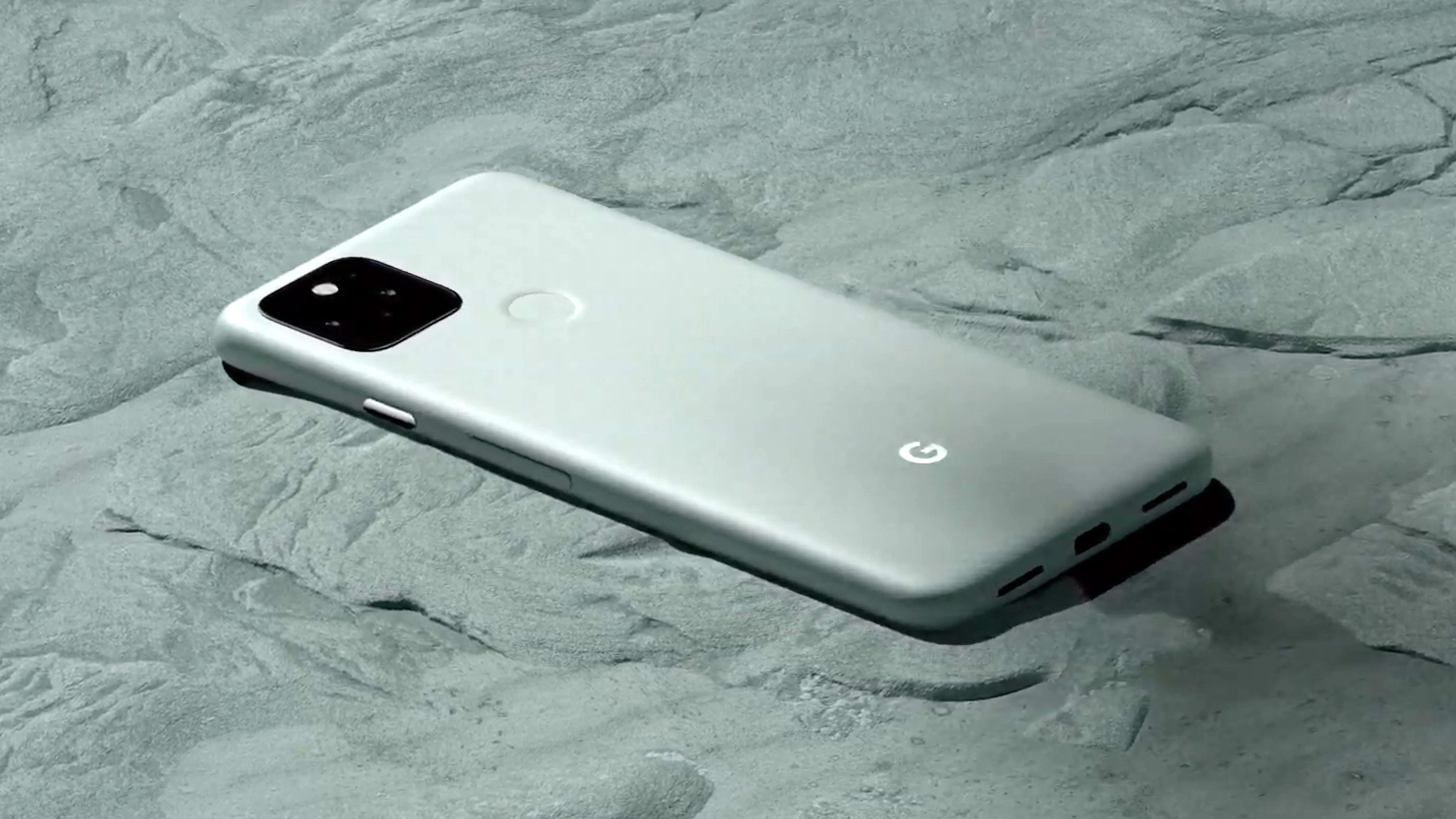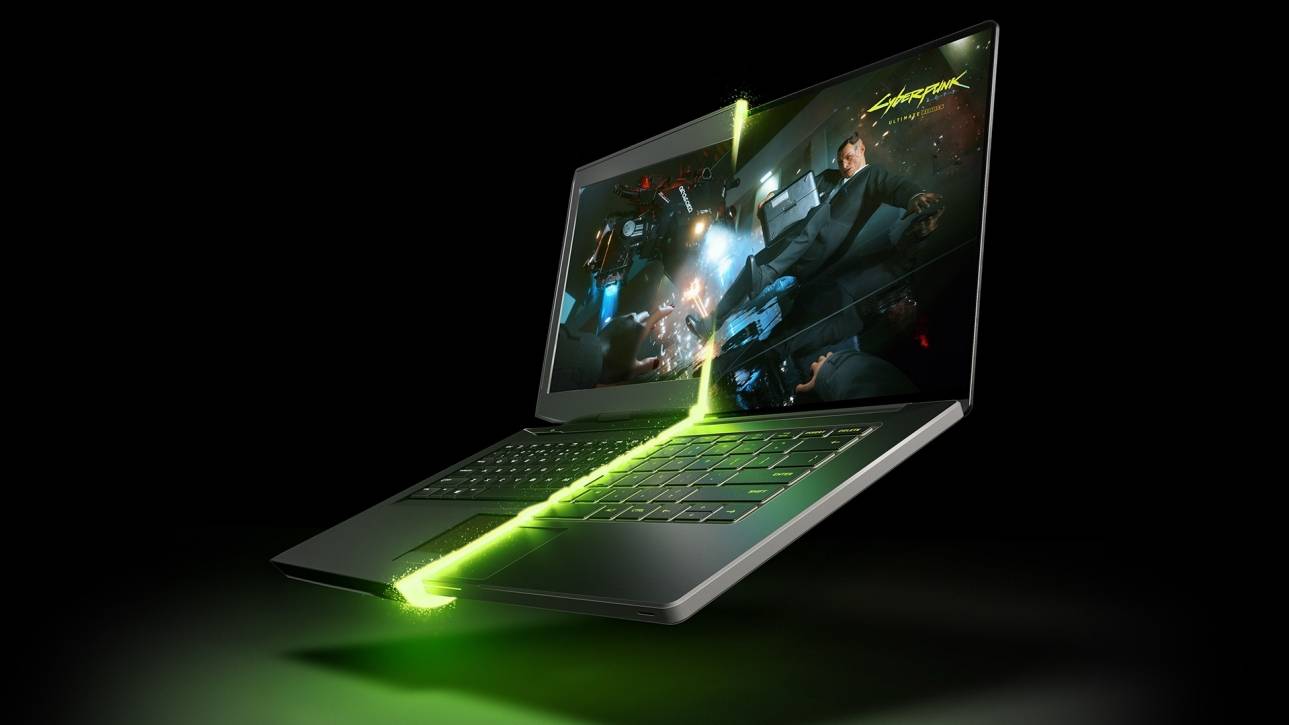Google Pixel 5 drops Soli chip and Motion Sense — but the tech will return
Google Pixel 6 or Nest smart home tech could make use of the radar tech

The Google Pixel 5 is very much a phone with a utilitarian design and feature suite; there’s no Pixel 4 Soli radar chip or Motion Sense control for the phone. But Google has said the tech will return.
It might seem a little reductive to remove some rather interesting features from a next-generation Pixel phone. But Google hardware lead Rick Osterloh told The Verge that using Google’s radar and motion control tech would have made the Pixel 5 too expensive.
- The best Android phones you can buy today
- Everything you need to know about the Google Pixel 5 and Pixel 4a 5G
- Plus: iPhone Flip could get this amazing self-repairing display
“They’ll be used in the future,” Osterloh explained. They were just too expensive for the phone that Google wanted to build this time.”
At $699, the Pixel 5 is $100 cheaper than its predecessor at launch. With phones like the Samsung Galaxy S20 FE coming in at $699 as well, and non-pro iPhone 12 models expected to be around the same pride, there seems to be a growing appetite for creating almost-flagship phones for under $800.
The Pixel 5 comes with a Snapdragon 765G chipset rather than a flagship Snapdragon 865, so it already made a compromise to ensure it targets what we’d consider to be the upper echelons of a mid-range phone price. As such it’s no surprise that the Soli chip and Motion Sense were dropped from the Pixel 5.
However, if the tech hasn’t been written off by Google, where will it be used next? That’s a question that needs a bit of speculation. Google could bring the tech back for the Pixel 6 if it decided to make another true flagship phone, perhaps outside of a time when the world is reeling from the economic impact of a global pandemic.
Or we could see the tech integrated into Google’s Nest smart home tech. Powerful motion control and stong facial recognition tech for Chromecast devices and Home Hub kit would make sense, allowing for multiple users to authenticate themselves to open up customized options like music playlists. Or enabling better smart home tech control with gesture recognition rather than needing to bark commands at the Google Assistant or use a smartphone app.
Get instant access to breaking news, the hottest reviews, great deals and helpful tips.
As it stands, we’ll have to play the wait-and-see card, as Google’s not mentioned what it’s going to do next with its devices let alone the Soli and Motion Sense tech, But it’s interesting to see that it hasn’t dismissed the tech out of hand.

Roland Moore-Colyer a Managing Editor at Tom’s Guide with a focus on news, features and opinion articles. He often writes about gaming, phones, laptops and other bits of hardware; he’s also got an interest in cars. When not at his desk Roland can be found wandering around London, often with a look of curiosity on his face.
 Club Benefits
Club Benefits





